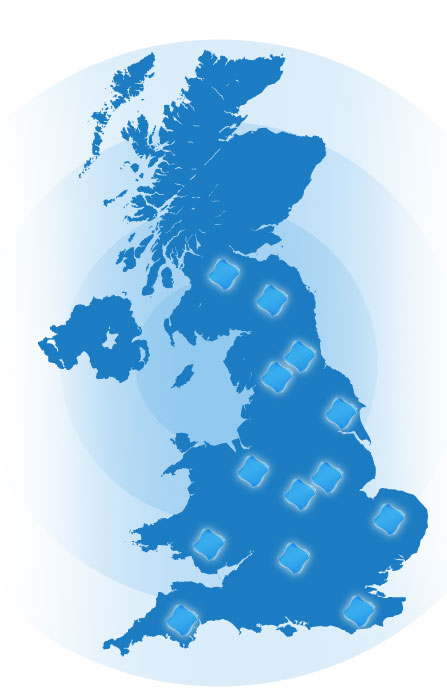I recently had the fortune to spend 4 days on the ski slopes of Austria and what quickly struck me was the change in attitude to personal safety. Of course there are still the “on the edge” or out of control skiers and boarders around but ultimately 90% + of those on the slopes now wear ski helmets.
This has changed remarkably from only 3 years ago when I came back and posted on LinkedIn that I had seen all of the instructors wearing such attire and felt as a health & safety professional that I should be doing the same. Having skied for many years without one this was a big change; but a few people replied that I should join them and I promptly when out and got myself one.
The group I go with are very keen to ski/board hard all day and initially I was the only one in the group with a ski helmet. This year though it had all changed all 7 of the group were suitably protected; and for one of the guys a dent to the front of his helmet sustained on the second day was evidence enough of its value.
Clearly the majority of people who go to ski or board have understood the potential risks by falling on the slopes and have come to the conclusions that wearing protection is much more important than what you look like (after all these are not the most attractive attire). On the slopes it’s not just about what you might do but also what are others doing around you that can cause accidents; statistics have indicated that around 10% of ski accidents involve head injuries.
The issue of whether or not ski helmets should be worn was brought into stark focus by the death of Natasha Richardson in March 2009. The actress was killed when she fell while skiing at the Mont Tremblant Resort in Quebec, Canada. Although she was only taking part in a beginner’s skiing lesson, and was moving at a low speed, she was not wearing a helmet, and the impact to her head would prove fatal.
Now the ski slopes may seem a long way away from your workplace but there are risks in many workplaces that people fail to understand and therefore do not wear the correct PPE. Take those people working on machinery who fail to wear their safety glasses or those working with chemicals that don`t see the point in wearing the correct hand protection. These are common situations that we see in many workplaces across the UK much as I did on the slopes 3 years ago.
It is suggested that the ski helmet may soon move from being a regular sight on the pistes to a compulsory one – after a leading travel insurance company announced that it will no longer cover clients who refuse to protect their heads while skiing.
Perhaps that’s the message we should be briefing to our employees that if they have an accident and were not wearing suitable PPE then it is highly unlikely that they will receive any payment.
Of course before we get to this we should be making sure they are suitably educated to the risks and what PPE will do for them.


